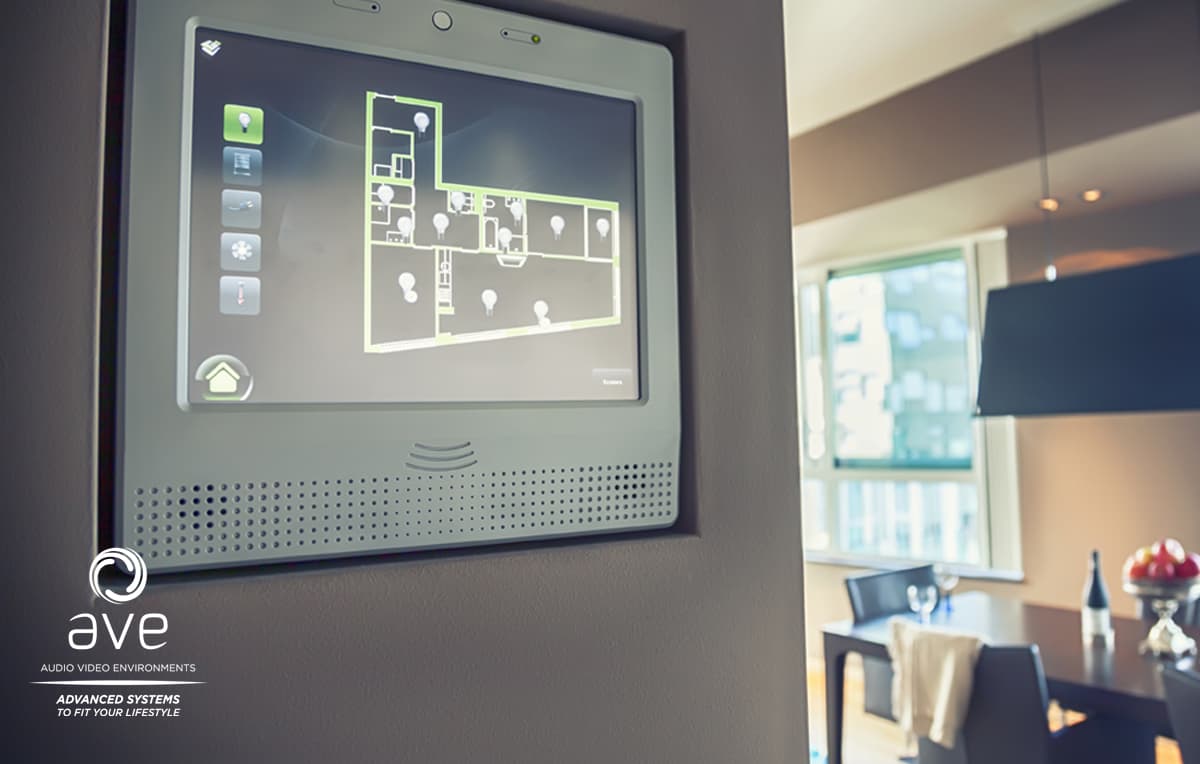Voice Recognition Is the Latest Advancement in Home Automation
In a future-forward world, voice activated devices have been rapidly appearing on the radar. From Smart TVs that allow hands-free channel surfing to Bluetooth speakerphones designed to eliminate echoes and stream music with nothing more than a verbal command, it’s safe to say voice recognition home automation is making great strides in delivering a unique and optimal experience.With so many of technology’s heavy hitters producing gadgets to simplify homeowners’ lives, the race to create the first voice-activated whole home automated device remains tight.
With so many of technology’s heavy hitters producing gadgets to simplify homeowners’ lives, the race to create the first voice-activated whole home automated device remains tight.
In November of 2014, Amazon debuted its version of a home automation device, known as Echo This smart home hub includes a voice recognition program called Alexa, and was the first of its kind to offer assistance in a variety of tasks, including:
- Playing music, podcasts, and audiobooks
- Setting alarms and locking doors
- Preparing to-do lists
- Offering traffic, weather, and news updates
The device also boasts compatibility with a series of smart home solutions, including color-changing light bulbs from Philips Hue, smart wireless thermostats and more than 9,000 personalized whole-home automation products provided by smart home systems technology, Control4. With Alexa, homeowners can adjust the thermostat, shut the window shades, dim the lights, and turn off the TV all in one simple command.
No stranger to competition, Google has bitten off a piece of the voice-activated smart home hub pie. In October 2016, Google released a device with features similar to Amazon’s Echo, called Google Home. The speaker device not only provides similar video and audio playback options, but is integrated with other smart home systems including automated smoke detectors and thermostats from Nest and water leak sensors from SmartThings. The device also comes with a voice recognition software called Google Assistant.
Google Home will also feature two separate commands for homeowners to use: direct and conversation. Direct commands can be made for everyday home automation functions, like shutting off lights or locking doors, while conversation is set to help users with more complex tasks, such as finding an upcoming flight or recalling a recipe online.
In addition, Google Home is designed to connect with Google Chromecast-based speakers that allow you to listen to your favorite tunes at any time, in any room of the house. This convenience factor allows you to forego smartphones and tablets and still maintain rooms of your house using nothing more than your own voice.
With the recent boom in smart home hubs, you may be curious to learn more about voice-activated home automation technology and how your life can be made easier as a result.
A Smarter Home Means a Happier Home
Whether it’s one room in your home or an entire dwelling, voice-activated home automation offers a level of control for each and every individual. Perhaps you’re hosting a group of friends for the Packers game and want the TV on, the channel preset, and the volume turned up in the living room, all while you prepare appetizers in the kitchen. Or you’re 10 minutes from boarding your flight, but simply can’t remember if you shut the garage door. In any case, voice recognition home automation delivers.
Automating your home also means fewer concerns about wasting energy and a peace of mind knowing your home is secure even when you’re not there. Remote automation allows you to maintain comfort factors such as room temperature and lighting, as well as home security measures no matter how close or far you are from home.
Your family can save big bucks when automating functions like lowering the thermostat or turning off lights in rooms not being utilized. Many companies are automating simple household items such as power strips to control energy through motion detection. Electronics will power down if the smart strips senses you’ve left the room. Simple features like this can save you more than $200 in annual energy costs.
With a burglary occurring every 14 seconds in the U.S., having a sound security system in place is essential. Whether you install smart alarms, locks, or video monitoring, automating your security system offers assurance that your home is protected at all times of the day.
Advanced Technology to Automate Your Life
Like the 114 million residents who purchased a smart home product in the last year, you too may be thinking of making the switch to a smarter system to transform – and protect – your home. With the click of a button or the sound of your voice, installing a smart home automation system can simplify your life and save you money along the way.
Paired with Control4, a winner of 2016’s CEDIA Best of Show, our home automation systems at A.V.E. do the work for you, so you’re free to enjoy the comforts of home as they were meant to be. From entertainment to climate control to security systems, we work hard to make sure your Wisconsin house feels like home.
With the average smart home containing more than 40 connected devices powered by Control4, the integration of Amazon’s Alexa with Control4 will help you maintain the comfort and security in one simple program, making home automation as simple as ever.
For a free in-home consultation or more information on home automation in your area, contact us by email or give us a call at (715) 423-4800 today!


